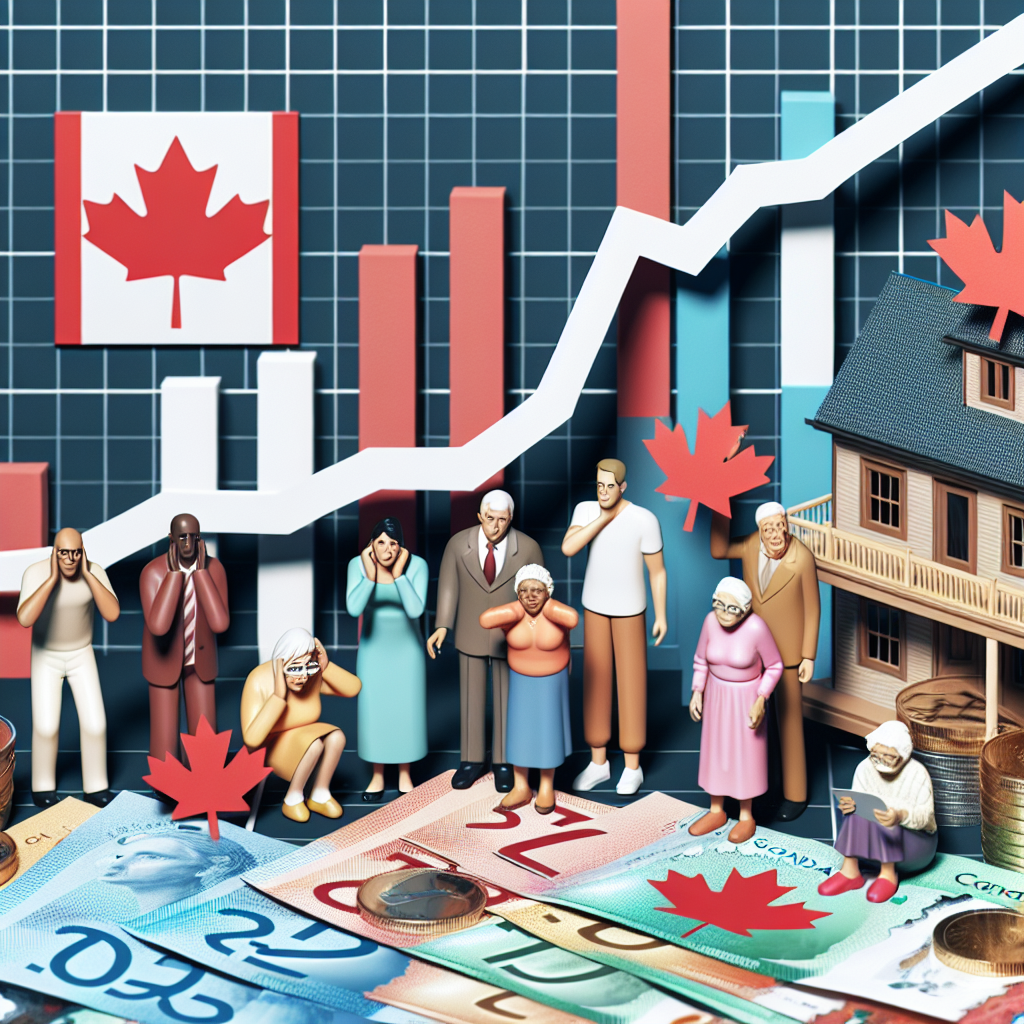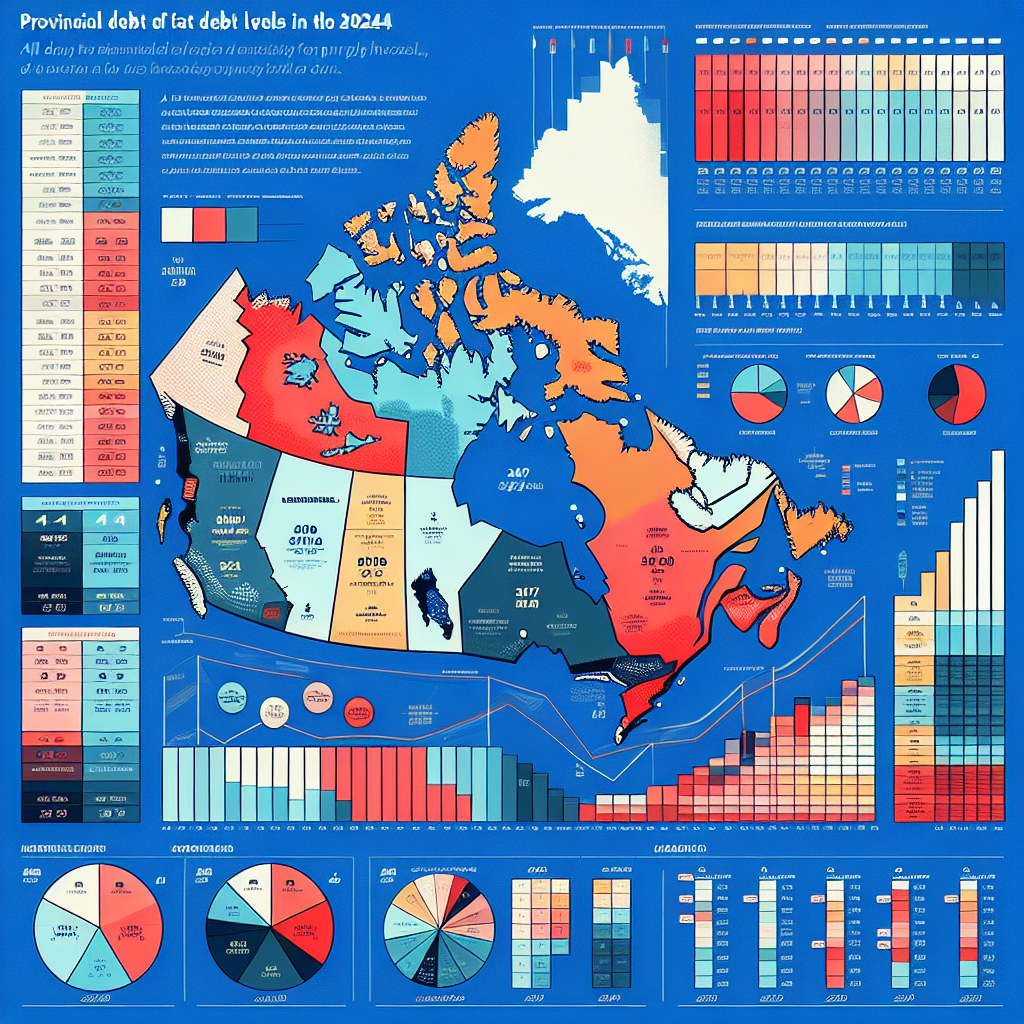Navigating the complexities of the financial landscape can be daunting, especially when considering the impact of interest rate changes on Canadian debt in 2024. As rates rise, borrowers face increasing financial strain, while investors may ponder new opportunities. Understanding these shifts and their implications is crucial for both individuals and businesses to make informed decisions. This article delves into how the interest rate adjustments in 2024 will affect Canadian debt, offering insights and analysis to empower readers in their financial strategies.
Understanding the Impacts of 2024 Interest Rate Adjustments
As the Bank of Canada gears up for potential interest rate adjustments in 2024, the ramifications for Canadian debt are multifaceted and significant. Higher interest rates typically lead to increased borrowing costs, especially for variable-rate loans and mortgages. With many Canadians holding substantial amounts of debt, the pressure of rising rates could result in heightened financial stress for households already grappling with inflated costs of living. The real estate market may experience a slowdown, as potential buyers could be sidelined by unaffordable financing options.
Moreover, the ripple effect of interest rate hikes will likely extend beyond individual borrowers. Businesses, particularly those reliant on loans for expansion or operations, could face tighter margins as their cost of capital increases. This could stifle economic growth, prompting employers to reconsider hiring and investment plans. In this high-stakes environment, the ability to navigate debt management with precision becomes imperative. The key for borrowers will be to assess their exposure to interest rate fluctuations and develop strategies to mitigate potential adverse impacts.
The question remains: how will Canadian households and businesses adapt to this evolving situation? Many may begin to prioritize debt repayment, shifting focus from consumer spending to financial stability. Others may explore fixed-rate options to lock in current rates before further increases materialize. The importance of financial literacy and proactive debt management strategies cannot be overstated, as borrowers must equip themselves to face an uncertain economic outlook.
Evaluating Canadian Debt Trends in a Rising Rate Environment
In the context of rising interest rates, the landscape of Canadian debt is shifting dramatically. As borrowing costs escalate, there is an increasing trend toward consolidating debt and exploring alternative financing options. Canadians are more likely to turn to fixed-rate loans to shield themselves from the volatility of the variable rate market. This trend not only seeks to stabilize monthly payments but also helps in budgeting for long-term financial commitments with greater certainty.
Additionally, the debt-to-income ratio, a crucial metric for assessing financial health, is poised to rise as interest rates climb. This rise could lead to tighter scrutiny from lenders, potentially limiting access to credit for those with higher debt loads. As a result, individuals may find themselves in a precarious position where refinancing existing debts becomes a necessity rather than a choice. The potential for increased defaults looms, prompting lenders to adjust their risk assessments and lending criteria accordingly.
Yet, amidst the challenges, there are opportunities for savvy borrowers. Individuals with strong credit ratings may leverage the rising rates to negotiate better terms on fixed-rate loans or consolidate existing debts at lower rates. On the corporate side, businesses that can navigate the financial landscape strategically may find ways to optimize capital structure and utilize debt as a growth tool rather than a burden. As the debt landscape evolves, staying informed and flexible will be critical for maximizing financial well-being in an uncertain economy.
As we explore the intricate relationship between interest rate changes and Canadian debt in 2024, it’s clear that a proactive approach is essential for navigating potential financial turbulence. Whether you’re an individual managing personal debt or a business leader contemplating growth strategies, understanding these trends and their implications can empower you to make informed decisions. Engage with financial advisors, stay updated on market developments, and continuously refine your approach to debt management. The key to thriving in a rising interest rate environment lies in adaptability and foresight—qualities that can transform challenges into opportunities for sustainable financial health.
Analyzing the Impact of Inflation on Canadian Debt in 20242024 Outlook: Debt Servicing Costs for Canadian HouseholdsAnalyzing Corporate Debt Trends in Canada: 2024 InsightsRelevant LinkRelevant LinkRelevant Link



